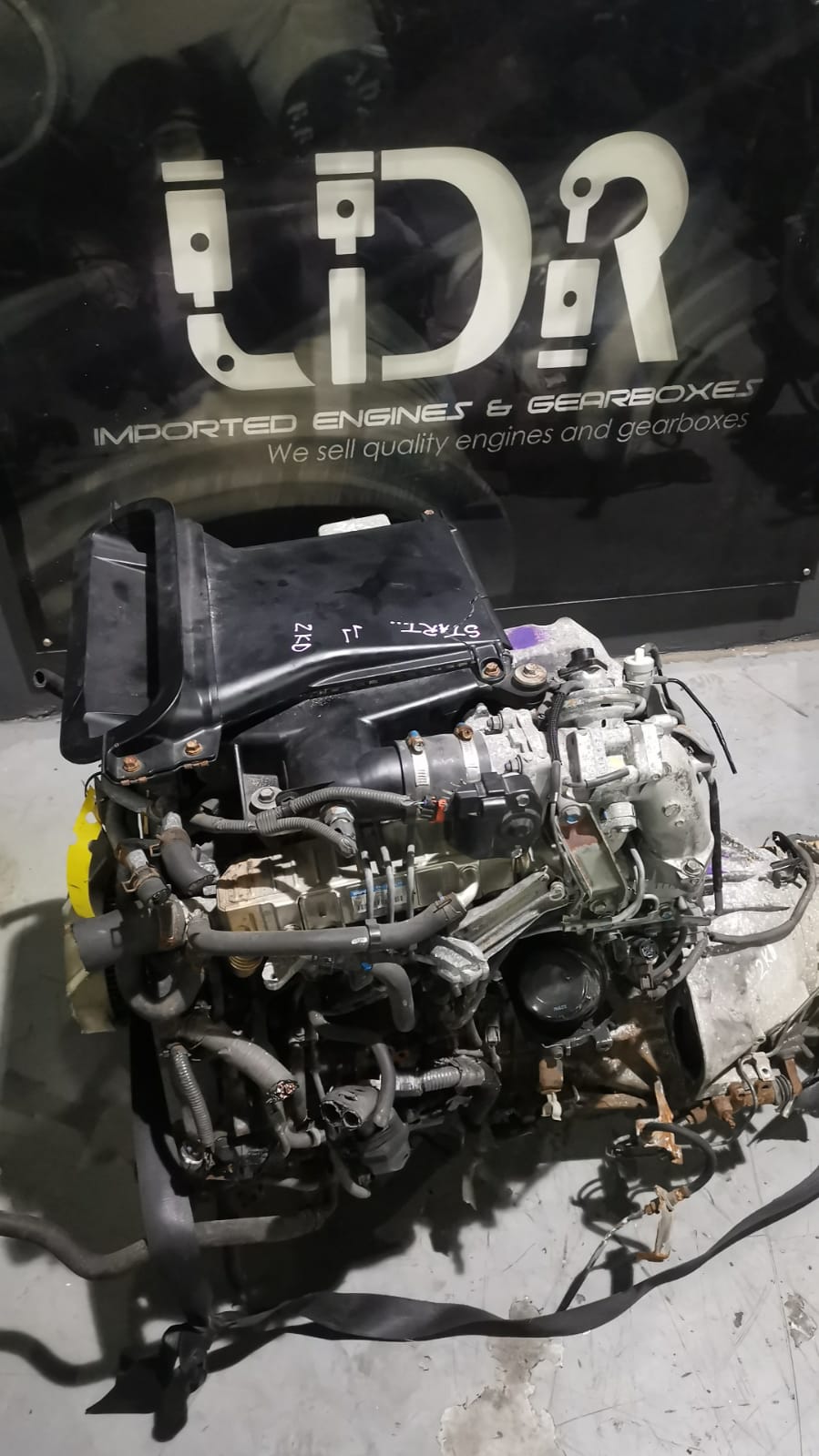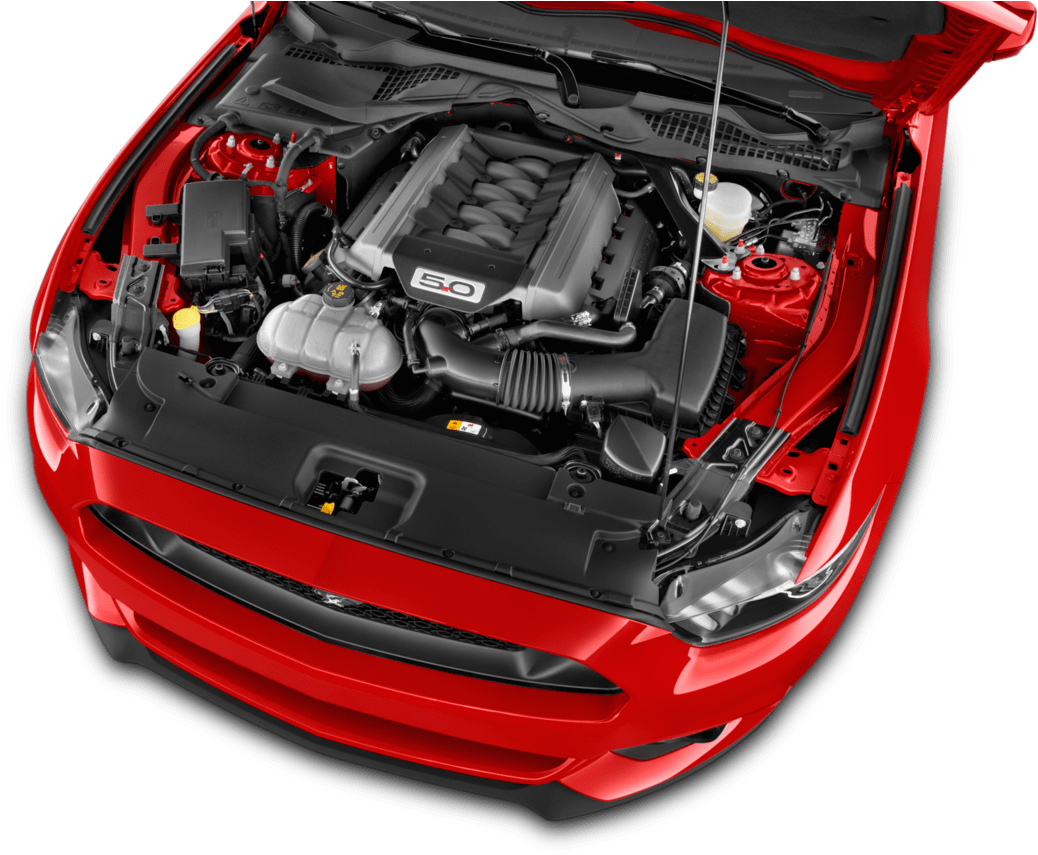Finding the most effective Offers on Opel Corsa Engine Components
Finding the most effective Offers on Opel Corsa Engine Components
Blog Article
Discovering the Inner Functions of a Compact Lorry's Engine System
As drivers, we often take for granted the elaborate procedures that occur within the confines of our lorry's engine system. In this exploration of a portable vehicle's engine system, we will certainly unwind the internal operations of this mechanical symphony, shedding light on the mysteries that drive us forward on our day-to-day trips.
Burning Process Review
The burning procedure in a compact lorry's engine system is an essential device that successfully converts gas into energy to power the car. This procedure happens within the burning chamber of the engine, where fuel and air mix, spark, and produce controlled explosions. The burning procedure includes 4 major stages: consumption, exhaust, power, and compression.
Throughout the intake phase, the piston moves downward, attracting in a blend of air and gas right into the burning chamber. The next phase, compression, involves the piston relocating up, compressing the air-fuel blend to boost its strength. Subsequently, in the power stage, the ignition system sparks the pressed combination, causing a quick growth of gases that requires the piston pull back. This downward motion produces the power needed to drive the automobile. In the exhaust phase, the burnt gases are gotten rid of from the combustion chamber through the exhaust shutoff, preparing the chamber for the following cycle. This cyclic burning procedure is fundamental to the operation of a small vehicle's engine system, guaranteeing efficient power conversion for propulsion.
Piston and Cylinder Communication

The piston's exact fit within the cylinder is crucial for preserving optimum compression and stopping power loss throughout burning. Limited clearances between the piston and cyndrical tube walls ensure efficient sealing, enabling the piston to move smoothly without allowing gases to leak past. Appropriate lubrication is also crucial to minimize friction and use between these parts, enhancing long life and efficiency.
Furthermore, the layout and materials made use of in making the piston and cyndrical tube influence engine performance and durability. Modern engines often employ lightweight yet resilient materials like aluminum alloys for pistons and cyndrical tube linings to decrease inertia and boost thermal effectiveness. Overall, the unified interaction between the piston and cyndrical tube is basic to the engine's functionality and overall performance.
Fuel Shot System Capability
Gas shot systems in small lorry engines play an essential duty in exactly delivering fuel to the burning chamber for effective and regulated ignition. The fuel injection system operates by injecting fuel right into the burning chamber at the optimum moment throughout the engine's operation (opel corsa engine). This accurate timing makes certain that the fuel mixes equally with the air for appropriate burning, bring about improved gas effectiveness and decreased exhausts
There are largely 2 kinds of gas shot systems made use of in portable vehicle engines: port gas injection (PFI) and direct gas shot (DFI) PFI systems inject gas right into the consumption port prior to the consumption shutoff, while DFI systems click here for more inject gas straight right into the burning chamber. Both systems have their benefits, with DFI supplying much better fuel atomization and PFI providing an extra cost-effective service.
Understanding Engine Air Conditioning Mechanisms
Reliable procedure of a small lorry's engine depends heavily on the performance of its cooling systems. Engine air conditioning is vital to prevent getting too hot, which can lead to significant damage and lowered efficiency. The cooling system in a compact automobile commonly contains a number of components collaborating to manage the engine temperature level. One important part is the radiator, which utilizes coolant to soak up warmth from the engine. As the warm coolant moves through the radiator, it launches heat right into the air, cooling before returning to the engine. The water pump flows the coolant with the engine and radiator, ensuring a regular flow to control temperature. Additionally, the thermostat assists regulate the coolant flow to preserve optimal engine temperature level. Some vehicles likewise have cooling down followers that trigger when added cooling is needed, such as during heavy web traffic or warm weather. Understanding these engine air conditioning systems is important for preserving the performance and longevity of a small automobile's engine system.

Exhaust System Parts Explained
The ideal functioning of a small vehicle's engine air conditioning devices depends on a corresponding system recognized as the exhaust system, which comprises various crucial elements for ensuring reliable emissions and engine performance. The exhaust manifold gathers exhaust gases from the engine's discover here routes and cylinders them to the catalytic converter.
One crucial element of the exhaust system is the oxygen sensor, which keeps track of the oxygen degrees in the exhaust gases to help regulate gas consumption and guarantee ideal engine efficiency. opel corsa engine. Additionally, the resonator may be existing in some exhaust systems to minimize sound degrees. Generally, the exhaust system plays a vital function in preserving engine performance, minimizing harmful emissions, and guaranteeing try this website a quieter driving experience for compact car proprietors

Verdict
In final thought, the portable lorry's engine system is a complex mix of parts that interact to facilitate the burning procedure, convert fuel into energy, and get rid of waste gases. Recognizing the internal functions of the engine system, including the piston and cylinder interaction, fuel injection system, engine cooling systems, and exhaust system parts, is important for keeping ideal performance and performance of the lorry.
The burning procedure in a small lorry's engine system is a critical mechanism that efficiently transforms gas right into energy to power the car.Fuel injection systems in compact car engines play an important duty in precisely providing fuel to the burning chamber for controlled and efficient ignition.There are largely two types of fuel shot systems utilized in portable lorry engines: port gas shot (PFI) and straight gas shot (DFI) Comprehending these engine air conditioning devices is crucial for preserving the efficiency and long life of a portable vehicle's engine system.
The optimal functioning of a small automobile's engine cooling systems depends on a complementary system recognized as the exhaust system, which comprises different vital parts for ensuring reliable discharges and engine performance.
Report this page